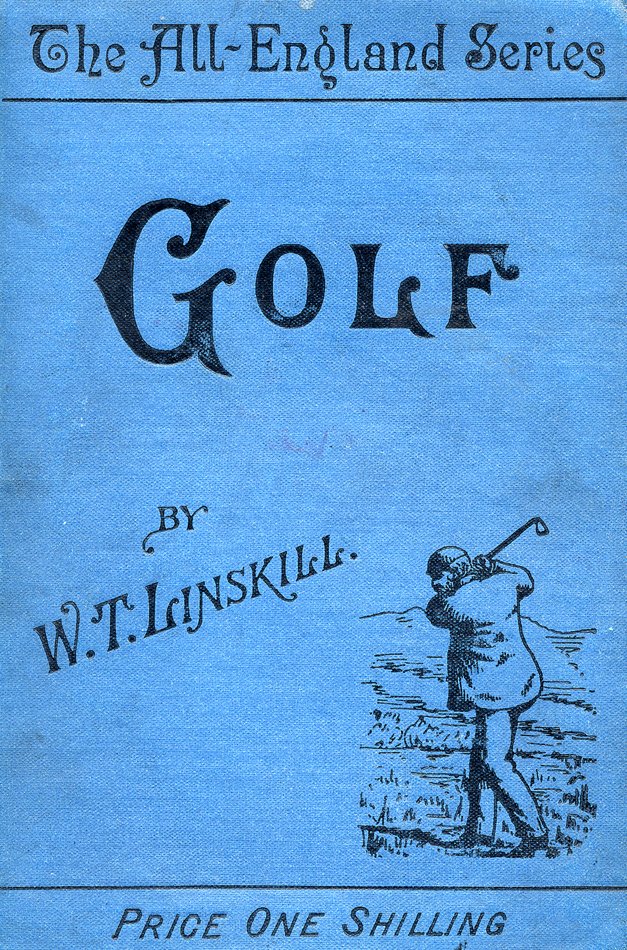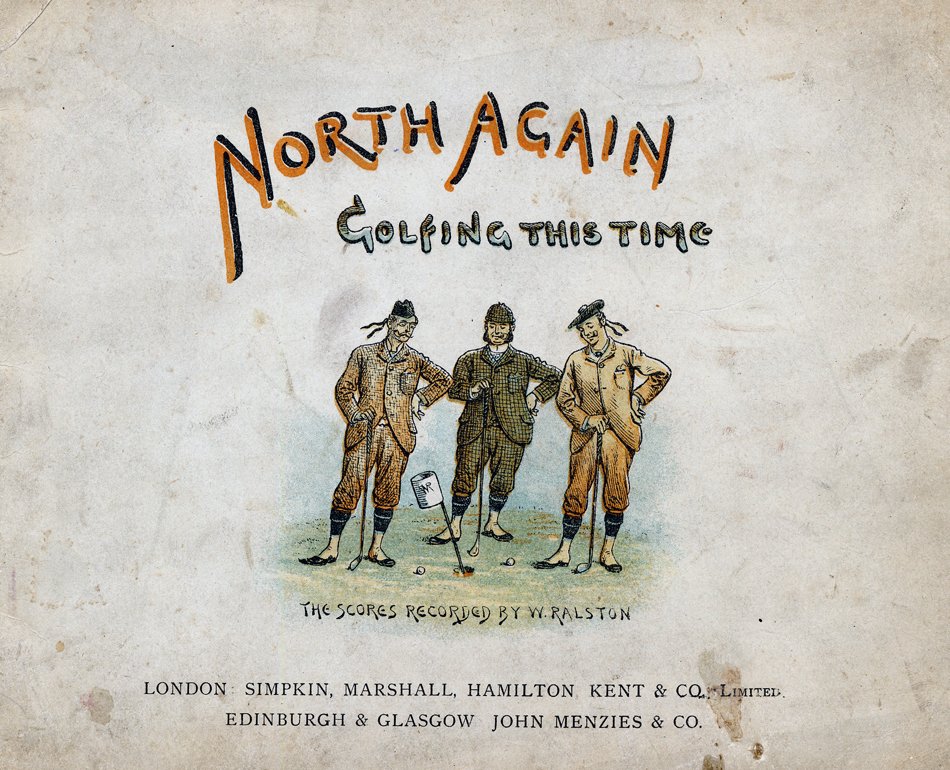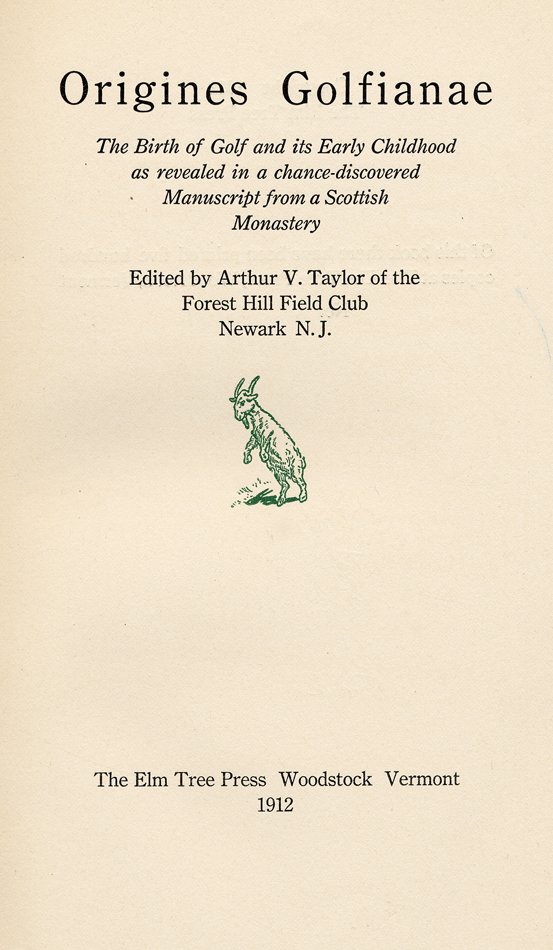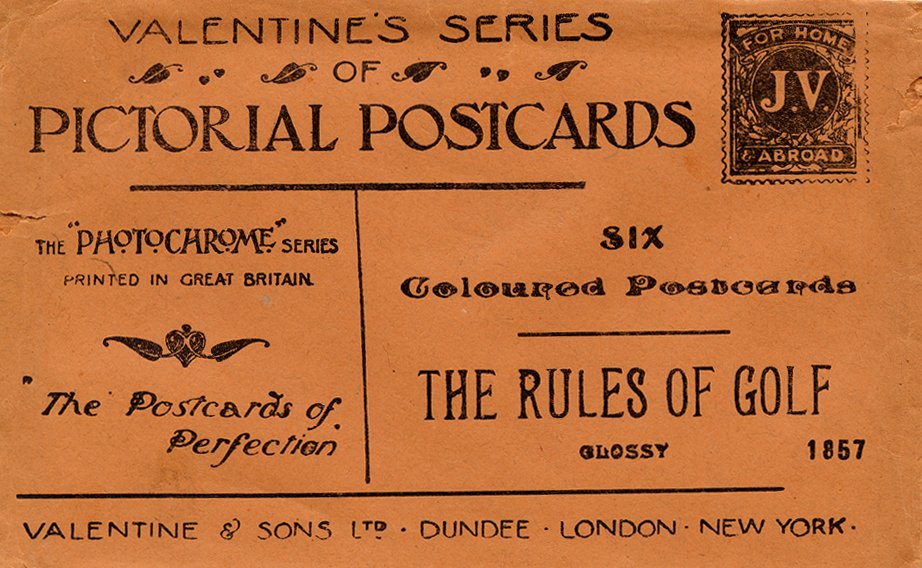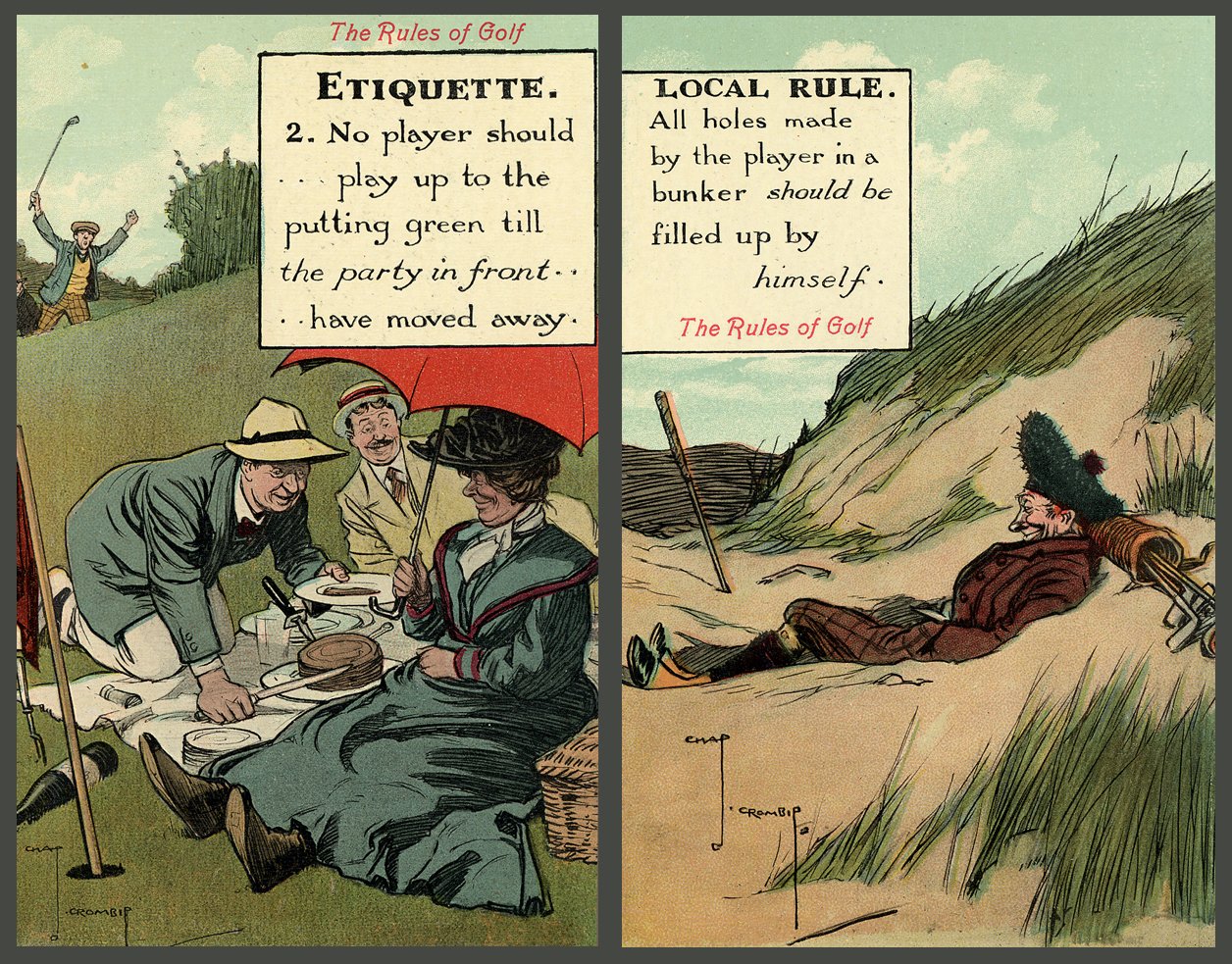RULES OF THE GAMES
3. Should a ball be driven into the water of the Eden at the high hole, or into the sea at the first hole, the ball or, if it cannot be recovered, another ball shall be teed a club length in front of either river or sea near the spot where it entered, under the penalty of one stroke.
Royal and Ancient Golf Club of St. Andrews, Rules, 1892
The rules of golf evolved from early efforts to organize the game. In 1744, Scottish golfers formed the Honourable Company of Edinburgh Golfers, the first of its kind in the British Isles. The Honourable Company developed a set of thirteen rules to govern play on the club's five-hole golf course at Leith. In 1754, the St. Andrews Society of Golfers was established, and in 1834 it received its charter and became the Royal and Ancient Golf Club of St. Andrews. The Royal and Ancient, as it came to be called, adopted the thirteen rules devised by the Edinburgh Golfers and made additions of its own, becoming in the process the ultimate arbiter of the game across the British Isles. In 1858, the Royal and Ancient stipulated that eighteen holes should constitute a complete course, and in 1893 it decreed that the golf hole should be four and one-half inches in diameter. These standards soon became universal. By 1890, there were 387 golf clubs in Britain playing on 140 courses, and the development and refinement of local applications of the rules at each course had become a fine art.
Books of golf rules and printed material illustrating the rules became important representations of the character of the game. As with published histories of golf, some of these works presented straightforward recitals of regulations and applications, while others took advantage of the complexity and supposed antiquity of the rules to offer a more lighthearted appraisal of their meaning.
